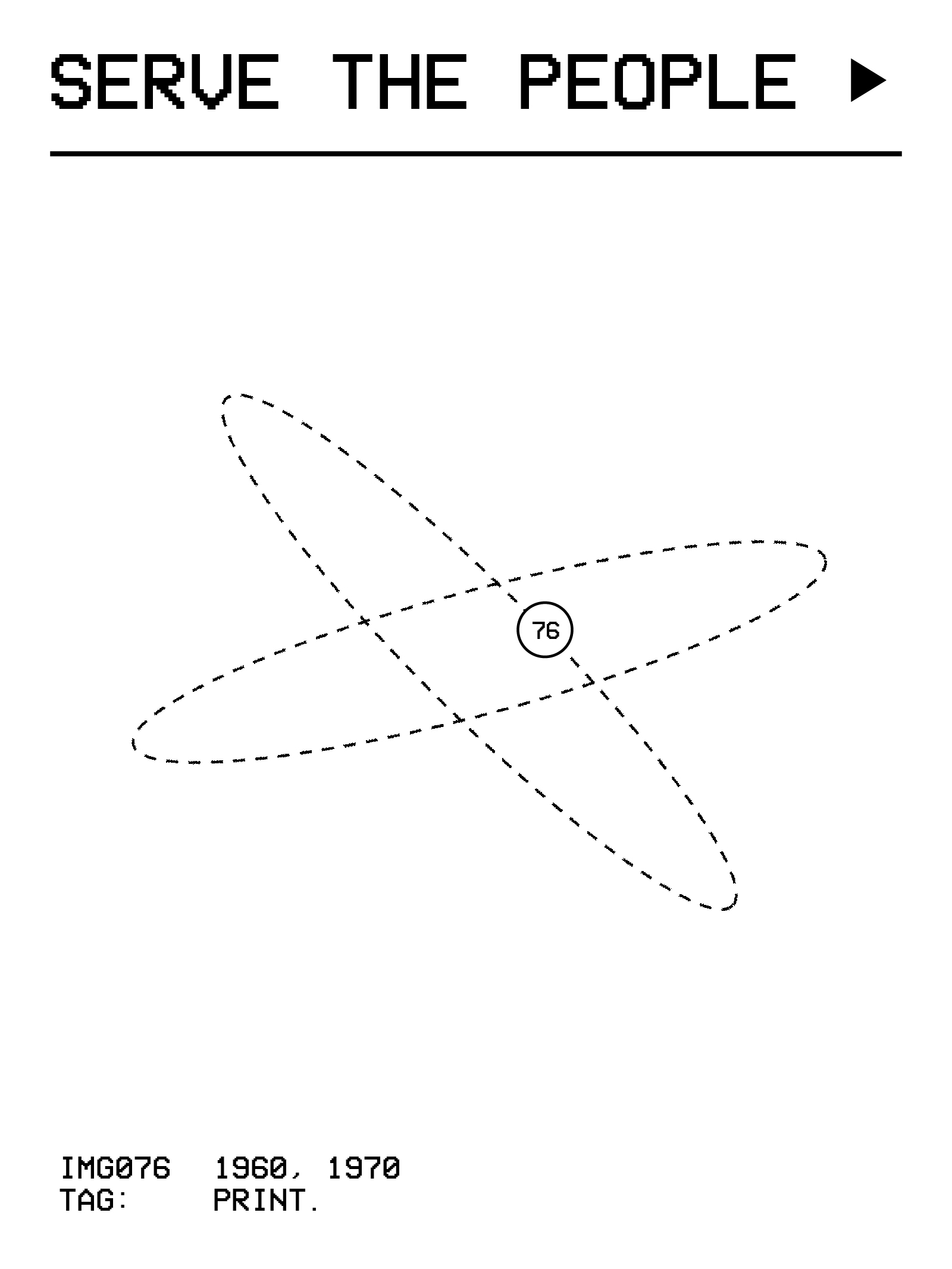
Problems in the City
Author
Nina Zurier
Decade
1970s
Tags
Activism Clothing
Painting
Racial Justice
Ritual
Hired to teach painting in 1970, Mary O’Neal was an important mentor to many students, especially women. In 1972 she taught a class in the nascent World Studies Department called “Problems in the City.” The course description read: “Just what it says—a look at minority and subcultures, including the different ghettos; farm communities; political groups; the government; the sexual underground; dope; gambling; rich people; etc.”

O’Neal’s roots in activism—as a student at Howard University she was mentored by Dr. Martin Luther King Jr., Malcolm X, and James Baldwin—inform her artwork and teaching. As a teacher, O’Neal did not pull any punches, but by being her candid and outspoken self she presented as a model of strength and dedication to one’s work. As O’Neal describes herself in that period: “Whenever I was teaching—at U.C. Berkeley or the San Francisco Art Institute or the California College of the Arts in Oakland—I would come home and maybe have dinner or take a shower, and then I would get dressed. I’d put on earrings and makeup and my work clothes—a blue work shirt and corduroy trousers or a wool or cotton dress, my favorite lab coat, my clogs—and go to the studio. I didn’t know it at the time, but what I was doing through those little rituals was cleansing myself so that I could get rid of all the awful work my students were doing and all the horrible stuff I was seeing in the museums where I was taking those kids, and in the galleries where I’d go for openings. In my studio, I would try to come into myself. I didn’t try to make work for Black people or brown people or white people or red people or yellow people or crazy people. That wasn’t it. I was there to deal with my stuff, to deal with me.”
—excerpt from “Nine Black Artists and Cultural Leaders on Seeing and Being Seen,” T Magazine, June 2020
NZ
Links
Wendy Moonan, “A Painter and Social Activist with an ‘Unruly Nature,’” New York Times, March 2020
“Nine Black Artists and Cultural Leaders on Seeing and Being Seen,” T Magazine, June 2020
Mary Lovelace O’Neal: Chasing Down the Image, Mnuchin Gallery Viewing Room
Review of Mary Lovelace O’Neal: Chasing Down the Image, Mnuchin Gallery, Artforum May/June 2020





